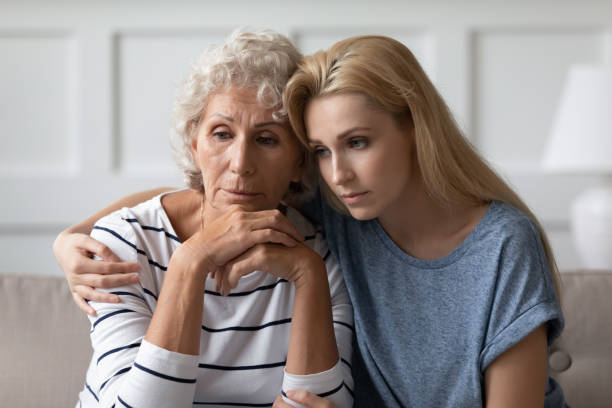Falls happen quickly, but their effects can last a long time—especially for seniors. Whether or not the fall results in a serious injury, it can shake confidence, lead to hospital visits, and sometimes trigger long-term mobility issues. Knowing how to respond calmly and safely is essential for both seniors and caregivers.
Here’s a step-by-step guide to follow immediately after a fall to ensure the best possible outcome:
Step 1: Stay Calm and Assess the Situation
If you’ve fallen, don’t try to get up right away. Take a moment to breathe deeply and remain still. A sudden move could worsen an unseen injury.
- Ask yourself:
“Am I in pain?”
“Can I move my arms and legs?”
“Do I feel dizzy?”
If you’re a caregiver, resist the urge to lift the person immediately. First, calmly check for visible injuries and ask the senior how they feel.

Step 2: Check for Injuries
Look for:
- Bleeding or bruises
- Swelling in joints or limbs
- Signs of disorientation or confusion
Call 911 immediately if the senior:
- Lost consciousness
- Has severe pain
- Can’t move a limb
- Shows signs of a head injury

Step 3: Get Up Safely (Only If There’s No Injury)
If you or your loved one feels capable of getting up:
Use the “roll, sit, push” technique:
- Roll onto your side.
- Sit up slowly and rest.
- Push yourself up using sturdy furniture.
Caregivers should provide support but avoid pulling or lifting alone, which can lead to more injury for both of you.

Step 4: Call for Help or Go to the Doctor
Even if the fall seems minor, always inform a doctor. Some injuries (like concussions or internal bleeding) may not show symptoms right away.
Helpful info to provide:
- What caused the fall?
- How long were they on the ground?
- Any visible symptoms or confusion?

Step 5: Monitor for the Next 48 Hours
Watch for:
- Dizziness or headaches
- Increased fatigue
- Changes in mood or memory
- Bruising or swelling
If anything feels off, contact a medical professional immediately.

Step 6: Prevent Future Falls
After recovery, take steps to avoid another fall:
- Schedule a fall risk assessment.
- Review medications with a healthcare provider.
- Install grab bars, non-slip mats, and proper lighting at home.
- Encourage strength and balance exercises.

Final Thoughts
A fall can be a wake-up call—but it doesn’t have to be the start of a downward spiral. Acting swiftly, staying calm, and following these steps can reduce harm and build a safer future.
If you’re caring for a loved one who’s had a fall, you’re not alone. Support, resources, and professional care services can make a world of difference in keeping your loved one safe, healthy, and confident at home.
Worried About Your Loved One’s Safety at Home?
Don’t wait for another fall to happen.
Book a FREE Home Safety Assessment with our expert team and let us help you create a safer, more comfortable space for your senior loved one.
✅ Identify hidden fall risks
✅ Personalized recommendations
✅ Peace of mind for you and your family





No responses yet